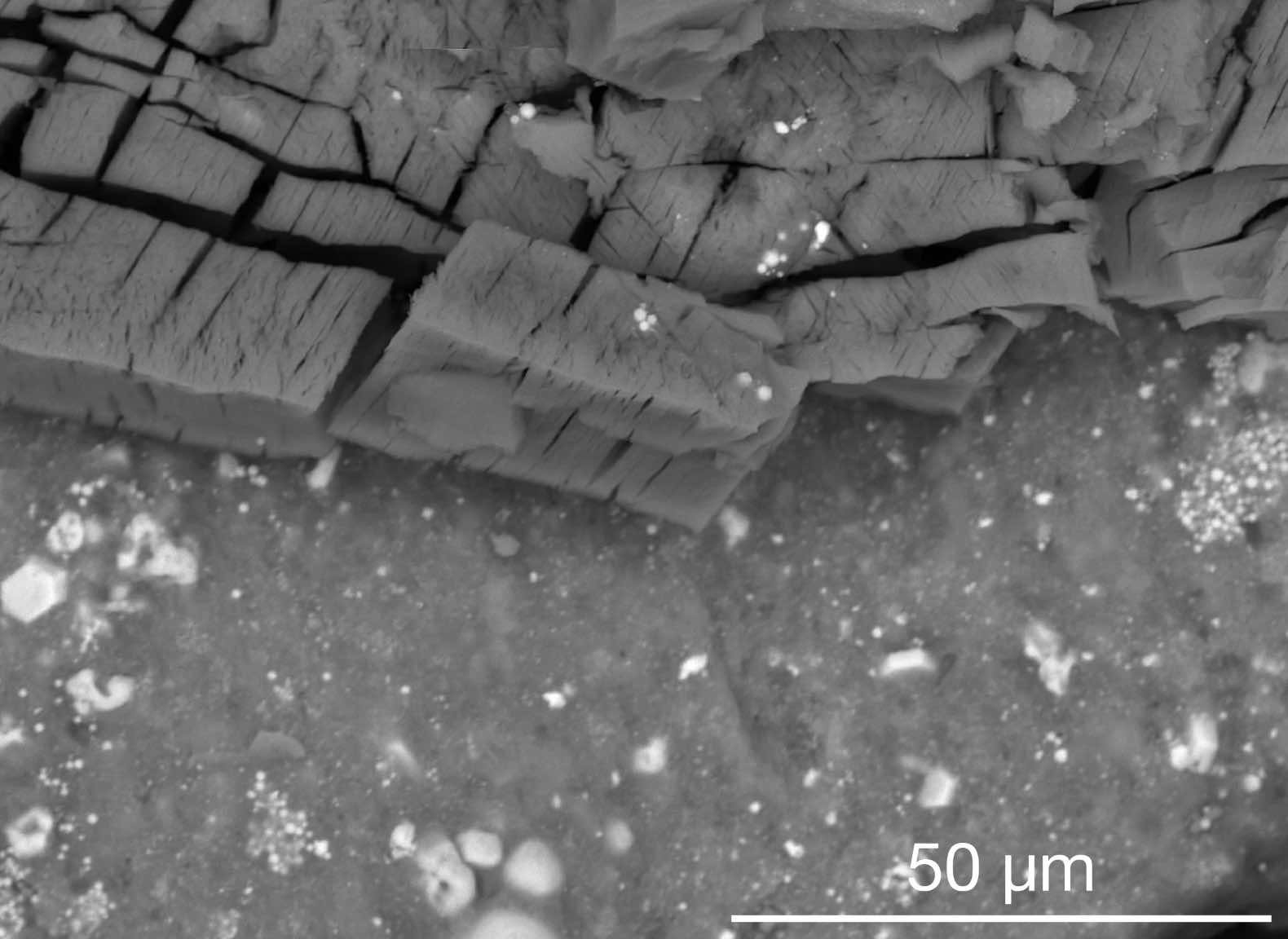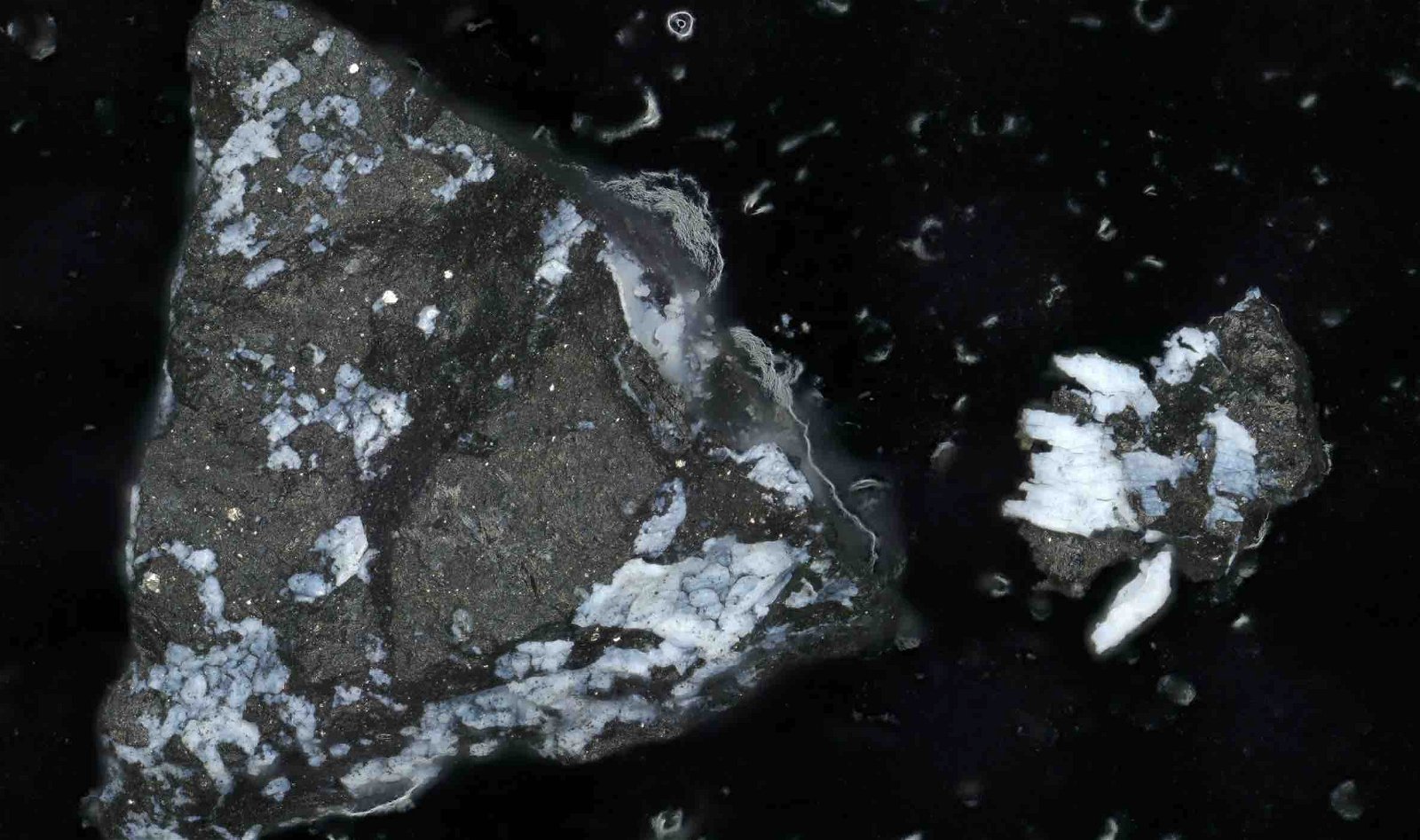Samples retrieved from an asteroid during NASA’s OSIRIS-REx mission have undergone analysis, revealing the presence of components hinting at the origins of life on Earth.
Launched on September 8, 2016, the OSIRIS-REx spacecraft traveled to the near-Earth asteroid Bennu, where it retrieved a sample of rocks and dust and successfully brought them back to Earth for study.
Scientists were eager to analyze the 4.3-ounce (121.6-gram) sample, and now, less than a year after its arrival on Earth, a new study published in Meteoritics & Planetary Science has revealed the discovery of vital prebiotic compounds and minerals on Bennu’s rocky surface.
Jason Dworkin, OSIRIS-REx project scientist at NASA’s Goddard Space Flight Center and a co-author of the new paper, said the OSIRIS-REx mission “gave us exactly what we hoped: a large pristine asteroid sample rich in nitrogen and carbon from a formerly wet world.”
The asteroid’s composition, represented in the samples retrieved by OSIRIS-REx, offers scientists a look into the formation of the solar system and the components that may have played a role in the formation of life on Earth.
The analysis is key to confirming carbon and nitrogen-rich dusts and organic compounds essential for life. However, the sample also revealed a few surprises, including the presence of magnesium-sodium phosphate, which had not been detected in data obtained from the asteroid through remote sensing.


This significant finding points to the likelihood that Bennu may have its origins in a small, primitive ocean world since magnesium-sodium phosphate is a water-soluble phosphate that plays a crucial role in Earth’s biochemistry. The detections made in the Bennu samples were also very pure and of a size that set them apart from similar phosphates found in asteroid samples retrieved by JAXA’s Hayabusa2 mission.
Although it seems likely, based on the new data, that Bennu has a history involving interactions with water, the asteroid is still relatively chemically primitive, and somewhat paradoxically, researchers compare the elements it possesses to those of the Sun.
Confirming the presence of carbon and nitrogen in the asteroid samples obtained from Bennu’s surface allows researchers to glean new insights into environments where those elements formed, as well as how they became complex molecules over time. These processes would have once occurred early in Earth’s history, also a process that would have been fundamental in the formation of life.
Retrieving the samples directly from the surface of an asteroid also offered NASA scientists access to a veritable “time capsule” where the materials remained preserved for billions of years. Given their low density, such materials are destroyed when asteroids collide with Earth’s atmosphere, burning up during reentry.
Studying the preserved samples retrieved by OSIRIS-REx has already provided new insights toward understanding the intricate processes of solar system formation and prebiotic chemistry, but researchers involved in the ongoing analysis believe there will likely be more surprises in the near future.
“Each week, analysis by the OSIRIS-REx Sample Analysis Team provides new and sometimes surprising findings,” said Harold Connolly, co-lead author of the new study and OSIRIS-REx mission sample scientist at Rowan University.
Connolly said the ongoing discoveries Bennu’s samples are revealing “are helping place important constraints on the origin and evolution of Earth-like planets.”
The new paper by lead-author Dante Lauretta and colleagues, “Asteroid (101955) Bennu in the laboratory: Properties of the sample collected by OSIRIS-REx,” was published on June 26. Additional information about NASA’s OSIRIS-REx mission can be found on its official web page.
Micah Hanks is the Editor-in-Chief and Co-Founder of The Debrief. He can be reached by email at micah@thedebrief.org. Follow his work at micahhanks.com and on X: @MicahHanks.

